What can a NASA Mars rover teach us about the future development of astronaut spacesuits to Mars? This is what NASA’s Perseverance rover, which is cu | Space
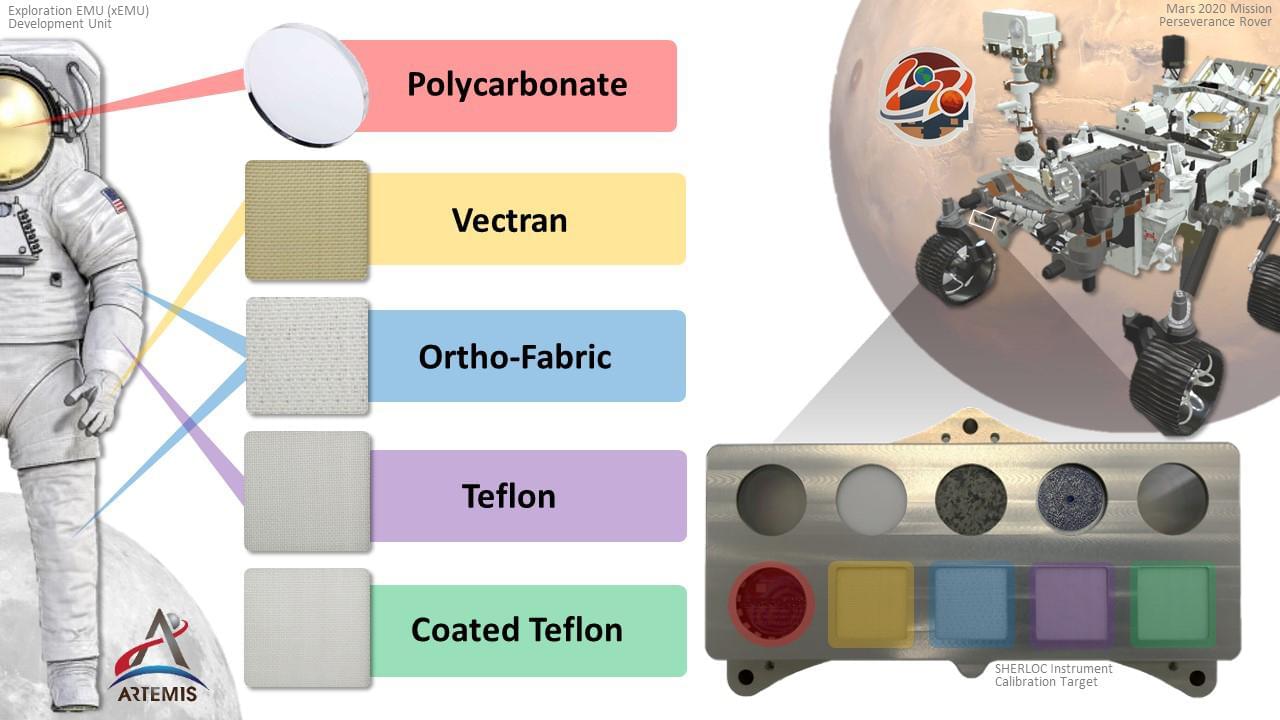

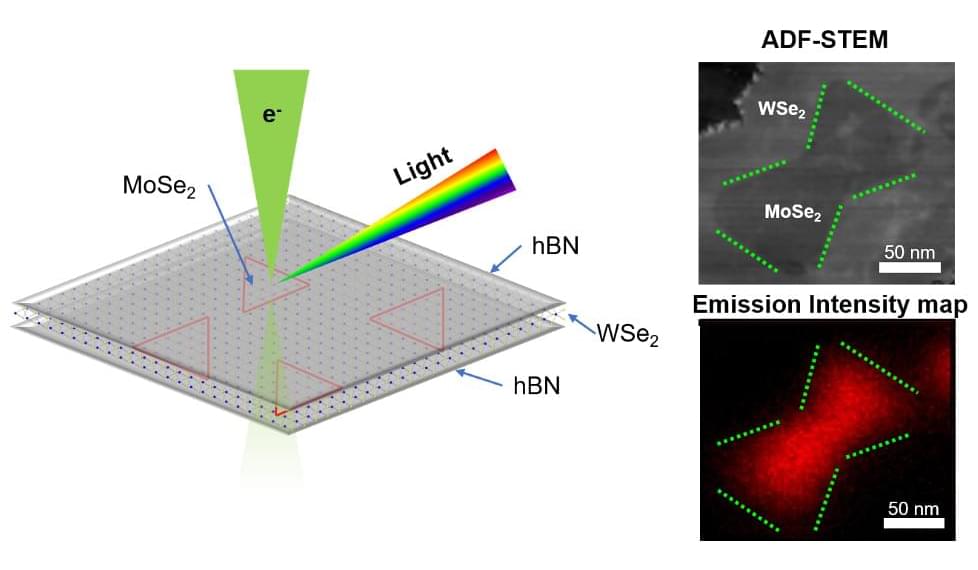
Newly achieved precise control over light emitted from incredibly tiny sources, a few nanometers in size, embedded in two-dimensional (2D) materials could lead to remarkably high-resolution monitors and advances in ultra-fast quantum computing, according to an international team led by researchers at Penn State and Université Paris-Saclay.
In a recent study, published in ACS Photonics, scientists worked together to show how the light emitted from 2D materials can be modulated by embedding a second 2D material inside them — like a tiny island of a few nanometers in size — called a nanodot. The team described how they achieved the confinement of nanodots in two dimensions and demonstrated that, by controlling the nanodot size, they could change the color and frequency of the emitted light.
“If you have the opportunity to have localized light emission from these materials that are relevant in quantum technologies and electronics, it’s very exciting,” said Nasim Alem, Penn State associate professor of materials science and engineering and co-corresponding author on the study. “Envision getting light from a zero-dimensional point in your field, like a dot in space, and not only that, but you can also control it. You can control the frequency. You can also control the wavelength where it comes from.”
Plus, Tuberculosis helped shape the world as we know it.
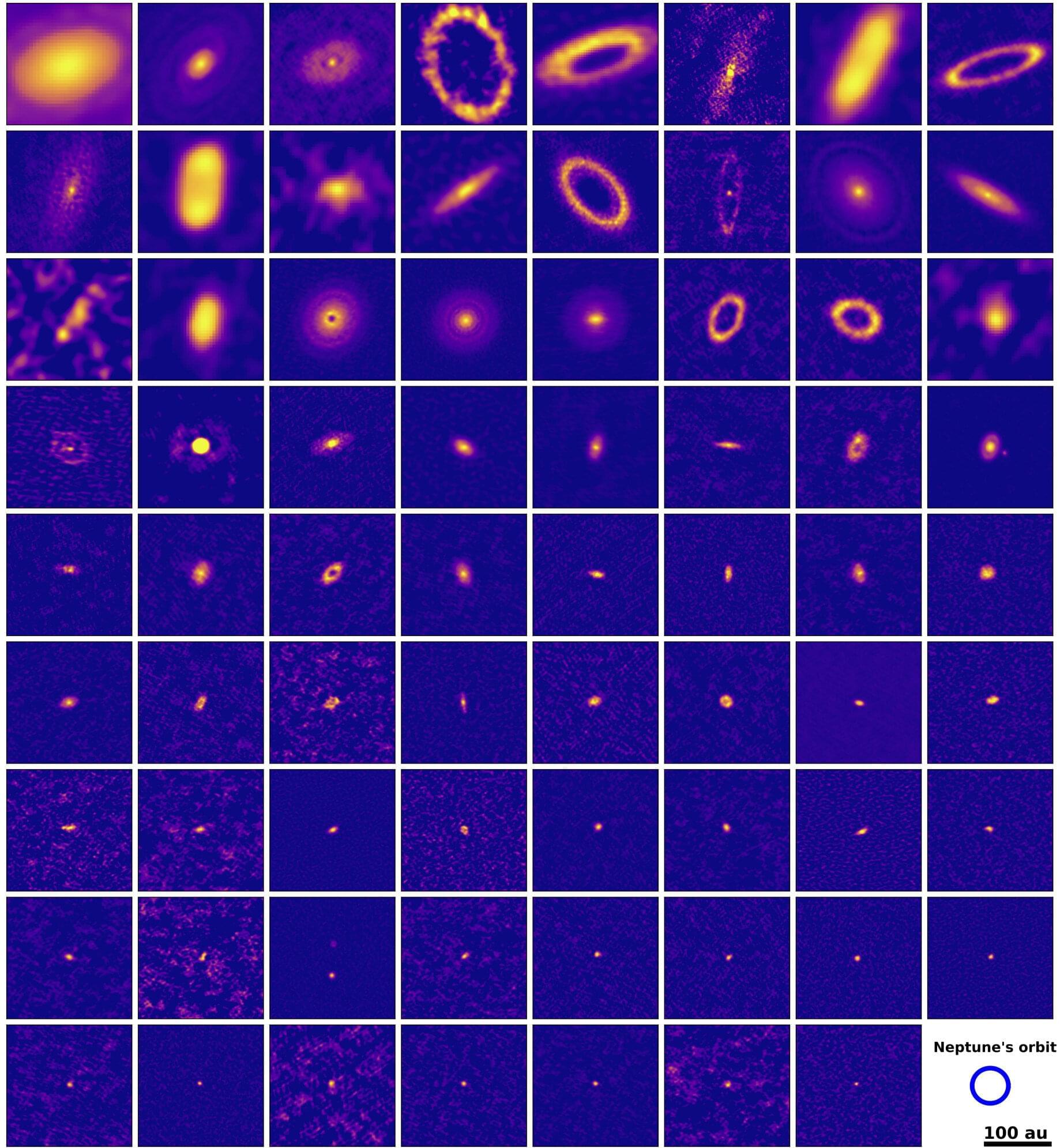
Many protoplanetary disks in which new planets are formed are much smaller than thought. Using the Atacama Large Millimeter/submillimeter Array (ALMA) scientists of the Leiden Observatory (the Netherlands) looked at 73 protoplanetary disks in the Lupus region. They found that many young stars host modest disks of gas and dust, some as small as 1.2 astronomical units. The research, accepted for publication in Astronomy & Astrophysics, establishes an important link between observed protoplanetary disks and exoplanets.
In the past decade, astronomers have imaged hundreds of protoplanetary disks around young stars using powerful radio telescopes on Earth, like ALMA. When compared to the size of our own solar system, many of these disks extend far beyond the orbit of Neptune, our outermost planet. Furthermore, most of the disks show gaps where giant planets are thought to be formed. Research of Ph.D. candidate Osmar M. Guerra-Alvarado, postdoc Mariana B. Sanchez and assistant professor Nienke van der Marel of the Leiden Observatory now show that these disks might not be typical.
Using ALMA, the researchers imaged all known protoplanetary disks around young stars in Lupus, a star-forming region located about 400 light years from Earth in the southern constellation Lupus. The survey reveals that two-thirds of the 73 disks are small, with an average radius of six astronomical units. This is about the orbit of Jupiter. The smallest disk found was only 0.6 astronomical units in radius, smaller than the orbit of Earth.
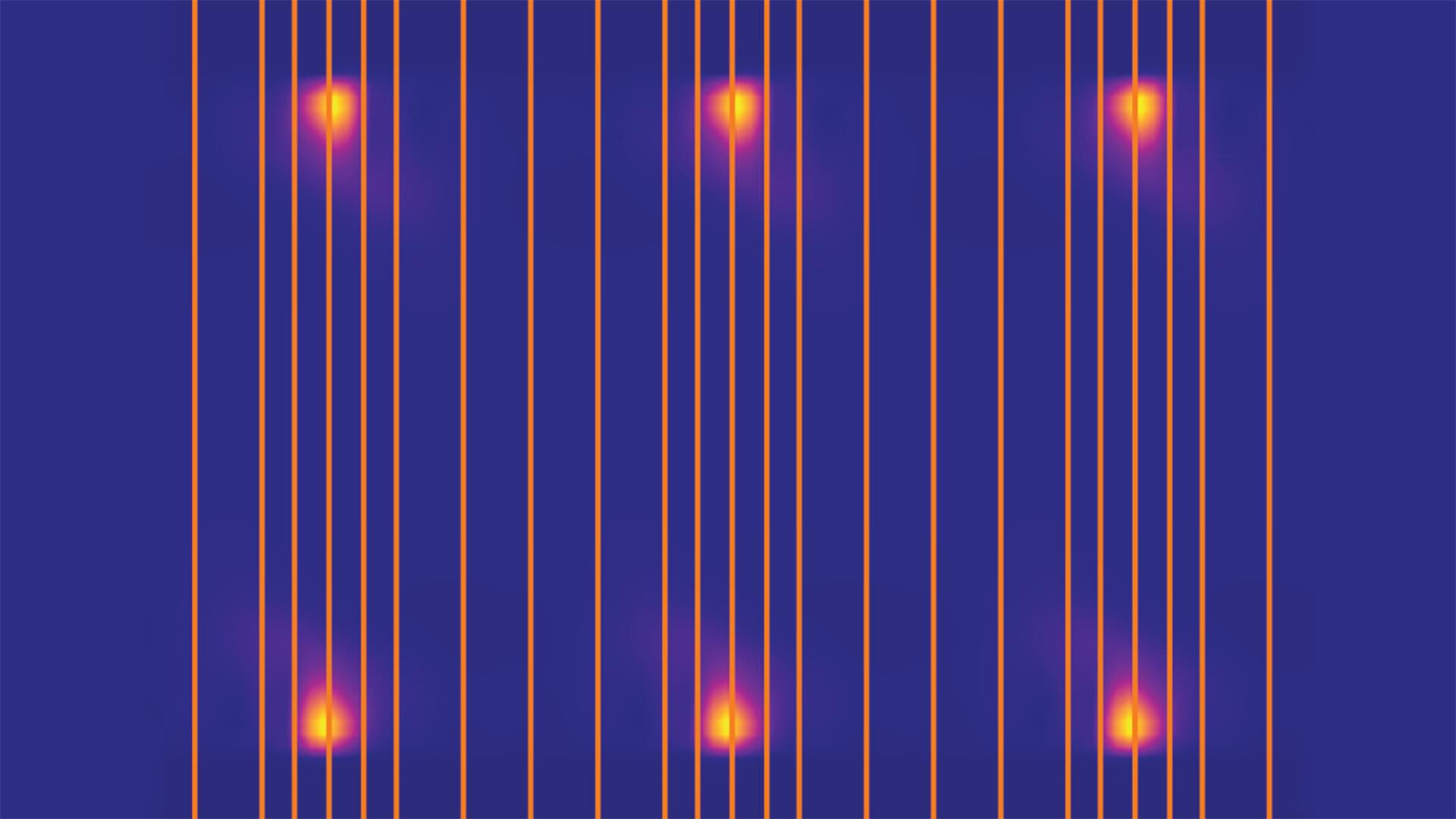
When the plasma inside a fusion system starts to misbehave, it needs to be quickly cooled to prevent damage to the device. Researchers at Commonwealth Fusion Systems believe the best bet is a massive gas injection: essentially, a well-timed, rapid blast of cooling gas inside their fusion system, which is known as SPARC.
But how many gas valves does it take to quickly tame a plasma that is hotter than the sun? The team has to strike the perfect balance: with too few valves, some parts of SPARC might overheat. With too many, valuable space inside the vessel would be wasted.
To answer this question, researchers turned to a computer code known as M3D-C1, which is developed and maintained by scientists at the U.S. Department of Energy’s (DOE) Princeton Plasma Physics Laboratory (PPPL). The code was used to model different valve configurations, and the results show that spacing six gas valves around the fusion vessel, with three on the top and three on the bottom, provides optimal protection.
NASA’s Parker Solar Probe just screamed past the Sun for the 23rd time, once again matching its own records for closest approach and fastest human-made object. Zooming through space at 430,000 mph and skimming just 3.8 million miles from the solar surface, the probe is in perfect health and sendi
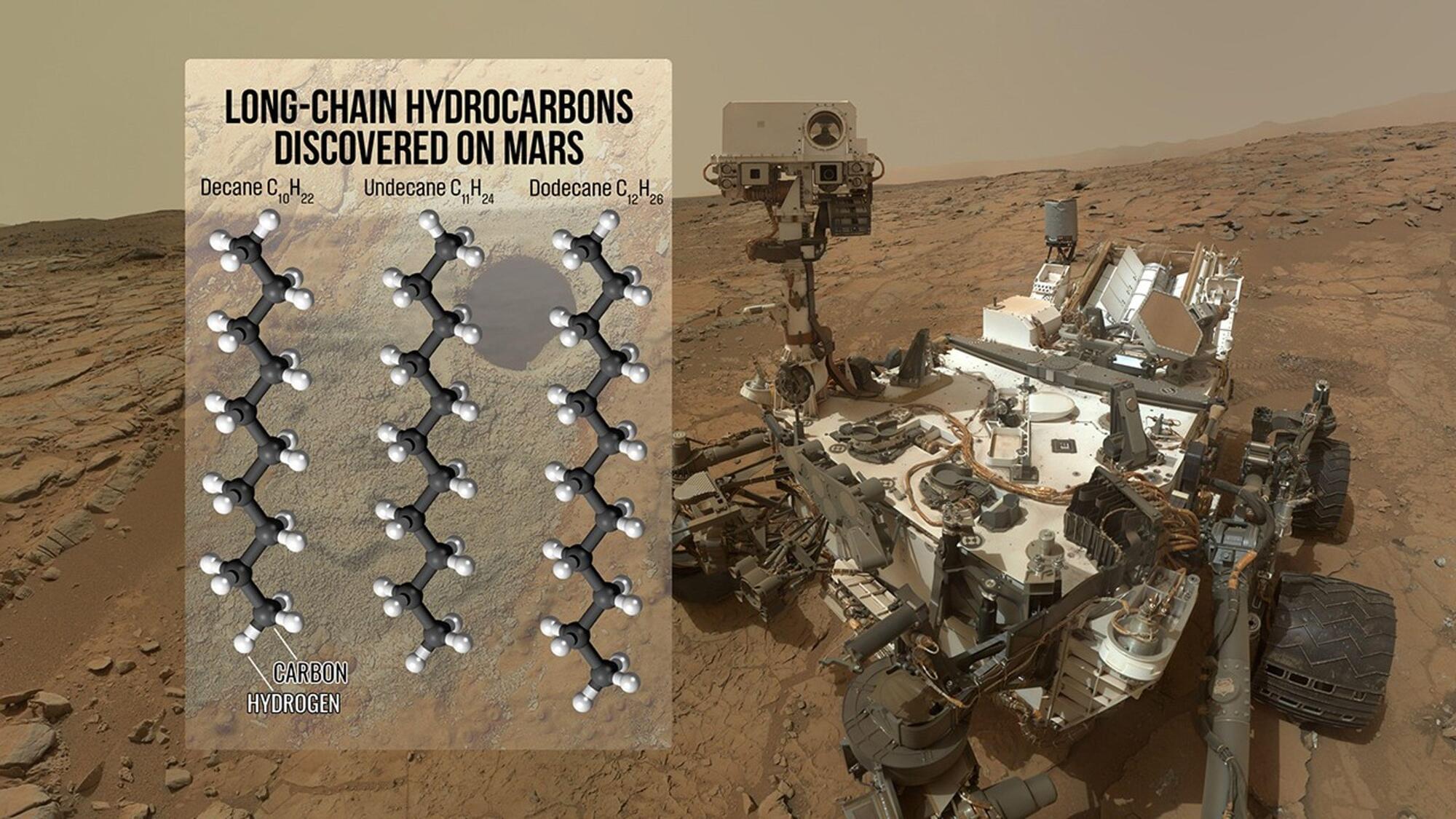
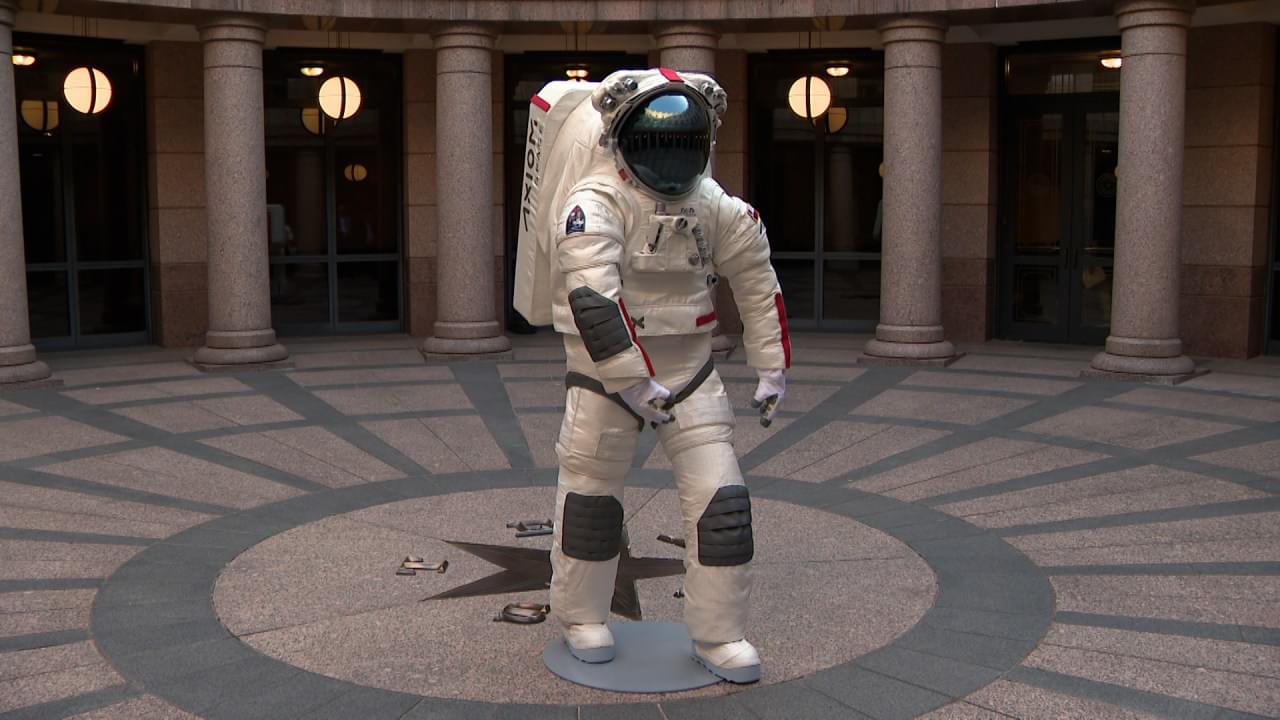
The universe is so similar to our brain that it could be conscious. In this video, we talk about how we might be just tiny echoes of a larger cosmic mind.
- Sources:
https://scienceexchange.caltech.edu/topics/quantum-science-e…tanglement.
https://link.springer.com/chapter/10.1007/978-3-642-20253-7_2
https://www.psychologytoday.com/us/blog/the-new-science-cons…sciousness.
Do atoms going through a double slit ‘know’ if they are being observed?
https://www.sciencealert.com/quantum-entanglement-has-now-be…opic-scale.
https://www.scientificamerican.com/article/is-consciousness-…universe1/
WATCH ANOTHER VIDEO: Are We Part of a Larger Cosmic Structure?
CHECK OUT OUR MERCH: https://www.cosmoknowledge.com.
You are welcome to support us so we can create more quality content:
https://www.buymeacoffee.com/cosmoknowledge.
Join this channel to get access to the perks:
https://www.youtube.com/channel/UCdgpfQ5snGKcP-eqoVXI0pw/join.
SUBSCRIBE ► https://goo.gl/PLLFPz.
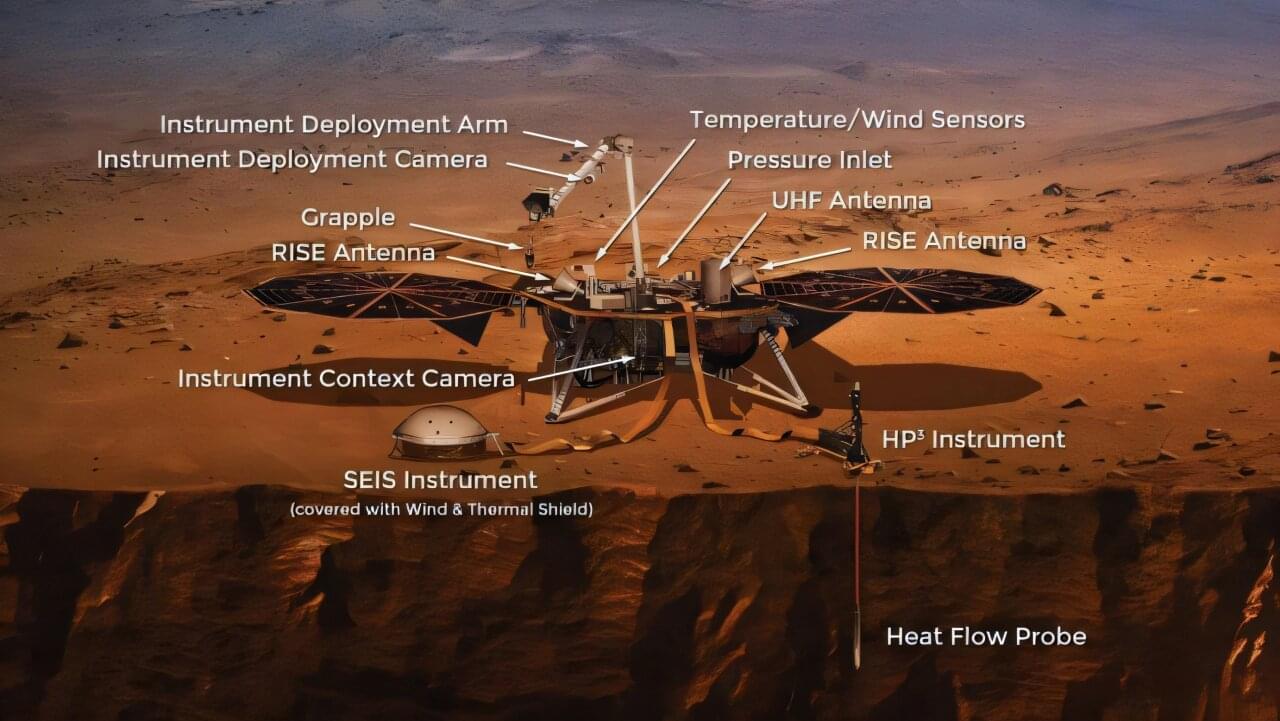
Are subterranean lifeforms viable on Mars? A new interpretation of Martian seismic data by scientists Ikuo Katayama of Hiroshima University and Yuya Akamatsu of Research Institute for Marine Geodynamics suggests the presence of water below the surface of Mars. “If liquid water exists on Mars,” Katayama says, “the presence of microbial activity” is possible.
This analysis is based on seismic data from SEIS (Seismic Experiment for the Interior Structure), deployed from NASA’s InSight lander that landed on Mars in 2018. This robotic lander is unique because it was able to use its robotic arm to place a seismometer on the surface of Mars. The SEIS instrument, which contains the seismometer, uses the seismic waves naturally generated on Mars from Marsquakes or meteorite impacts to scan the planet’s interior.
When a Marsquake or meteorite impact occurs on Mars, SEIS can read the energy emitted as P-waves, S-waves, and surface waves to create an image of the planet’s interior.